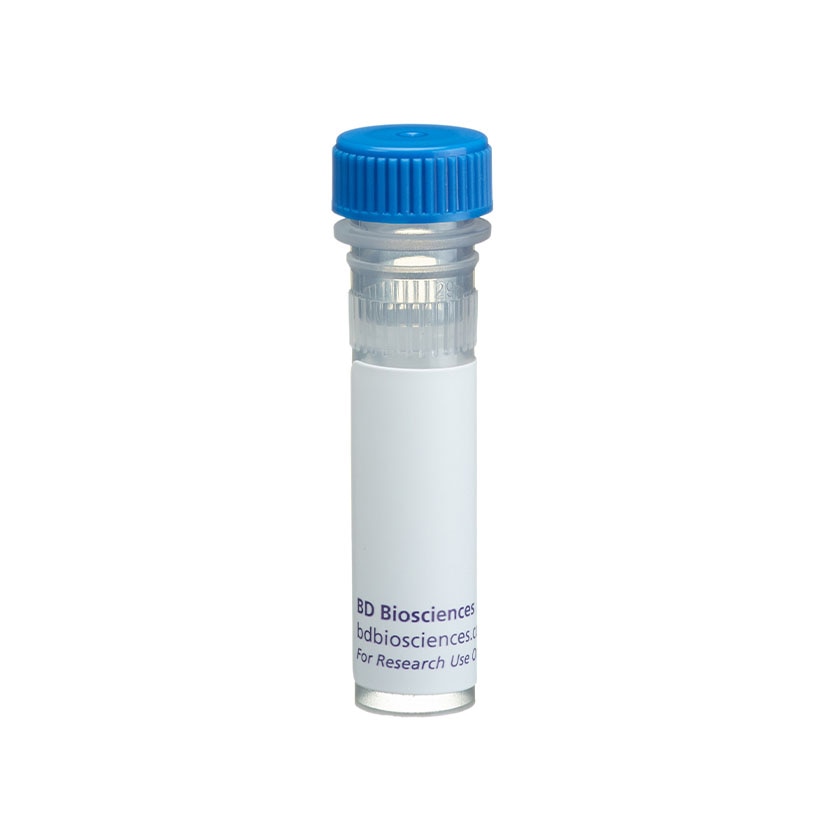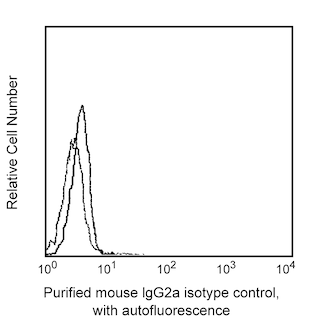-
Reagents
- Flow Cytometry Reagents
-
Western Blotting and Molecular Reagents
- Immunoassay Reagents
-
Single-Cell Multiomics Reagents
- BD® AbSeq Assay
- BD Rhapsody™ Accessory Kits
- BD® Single-Cell Multiplexing Kit
- BD Rhapsody™ Targeted mRNA Kits
- BD Rhapsody™ Whole Transcriptome Analysis (WTA) Amplification Kit
- BD Rhapsody™ TCR/BCR Profiling Assays for Human and Mouse
- BD® OMICS-Guard Sample Preservation Buffer
- BD Rhapsody™ ATAC-Seq Assays
-
Functional Assays
-
Microscopy and Imaging Reagents
-
Cell Preparation and Separation Reagents
-
Dehydrated Culture Media
-
- BD® AbSeq Assay
- BD Rhapsody™ Accessory Kits
- BD® Single-Cell Multiplexing Kit
- BD Rhapsody™ Targeted mRNA Kits
- BD Rhapsody™ Whole Transcriptome Analysis (WTA) Amplification Kit
- BD Rhapsody™ TCR/BCR Profiling Assays for Human and Mouse
- BD® OMICS-Guard Sample Preservation Buffer
- BD Rhapsody™ ATAC-Seq Assays
- Canada (English)
-
Change country/language
Old Browser
Looks like you're visiting us from {countryName}.
Would you like to stay on the current country site or be switched to your country?




Profile of anti MIC A/B (clone 6D4) reactivity on HeLa cells analyzed by flow cytometry. Second step staining with Cat. No. 550589.


BD Pharmingen™ Purified Anti-Human MIC A/B

Regulatory Status Legend
Any use of products other than the permitted use without the express written authorization of Becton, Dickinson and Company is strictly prohibited.
Preparation And Storage
Product Notices
- Since applications vary, each investigator should titrate the reagent to obtain optimal results.
- Please refer to www.bdbiosciences.com/us/s/resources for technical protocols.
- Caution: Sodium azide yields highly toxic hydrazoic acid under acidic conditions. Dilute azide compounds in running water before discarding to avoid accumulation of potentially explosive deposits in plumbing.
Companion Products

.png?imwidth=320)
The 6D4 monoclonal antibody specifically binds to the human MHC class I polypeptide-related sequence A (MICA, aka PERB11.1) and B (MICB. aka PERB11.2) proteins. These ~70 kDa transmembrane glycoproteins are homologs of the major histocompatibility complex class I molecules although they lack association with β2 microglobulin. The MHC class I-related MICA and MICB chains are expressed by some gut epithelial cells in vivo. MICA and MICB expression by other epithelial cells and cell types, including fibroblasts and endothelial cells, is induced by stress, eg, stress caused by bacterial and viral infections, autoimmunity or cellular transformation. Epithelial cell expression of MICA and MICB has also been detected in transplanted kidneys and pancreas that show histological signs of rejection and or cellular injury. This suggests their potential role in transplant immunopathology. MICA and MICB are ligands for NKG2D (CD314), an activating receptor expressed by natural killer (NK) cells, γδ T cells, CD8+ and some CD4+ αβ T cells. The 6D4 antibody reportedly blocks NKG2D-positive NK cell- and T cell-mediated cytotoxicity against MICA/B-positive target cells.
Development References (7)
-
Bauer S, Groh V, Wu J, et al. Activation of NK cells and T cells by NKG2D, a receptor for stress-inducible MICA. Science. 1999; 285(5428):727-729. (Biology). View Reference
-
Das H, Groh V, Kuijl C, et al. MICA engagement by human Vgamma2Vdelta2 T cells enhances their antigen-dependent effector function. Immunity. 2001; 15(1):83-93. (Biology). View Reference
-
Groh V, Bahram S, Bauer S, Herman A, Beauchamp M, Spies T. Cell stress-regulated human major histocompatibility complex class I gene expressed in gastrointestinal epithelium. Proc Natl Acad Sci U S A. 1996; 93(22):12445-12450. (Biology). View Reference
-
Groh V, Bruhl A, El-Gabalawy H, Nelson JL, Spies T. Stimulation of T cell autoreactivity by anomalous expression of NKG2D and its MIC ligands in rheumatoid arthritis. Proc Natl Acad Sci U S A. 2003; 100(16):9452-9457. (Biology). View Reference
-
Groh V, Rhinehart R, Randolph-Habecker J, Topp MS, Riddell SR, Spies T. Costimulation of CD8alphabeta T cells by NKG2D via engagement by MIC induced on virus-infected cells. Nat Immunol. 2001; 2(3):255-260. (Biology). View Reference
-
Groh V, Rhinehart R, Secrist H, Bauer S, Grabstein KH, Spies T. Broad tumor-associated expression and recognition by tumor-derived gamma delta T cells of MICA and MICB. Proc Natl Acad Sci U S A. 1999; 96(12):6879-6884. (Biology). View Reference
-
Hankey KG, Drachenberg CB, Papadimitriou JC, et al. MIC expression in renal and pancreatic allografts. Transplantation. 2002; 73(2):304-306. (Biology). View Reference
Please refer to Support Documents for Quality Certificates
Global - Refer to manufacturer's instructions for use and related User Manuals and Technical data sheets before using this products as described
Comparisons, where applicable, are made against older BD Technology, manual methods or are general performance claims. Comparisons are not made against non-BD technologies, unless otherwise noted.
For Research Use Only. Not for use in diagnostic or therapeutic procedures.
Report a Site Issue
This form is intended to help us improve our website experience. For other support, please visit our Contact Us page.